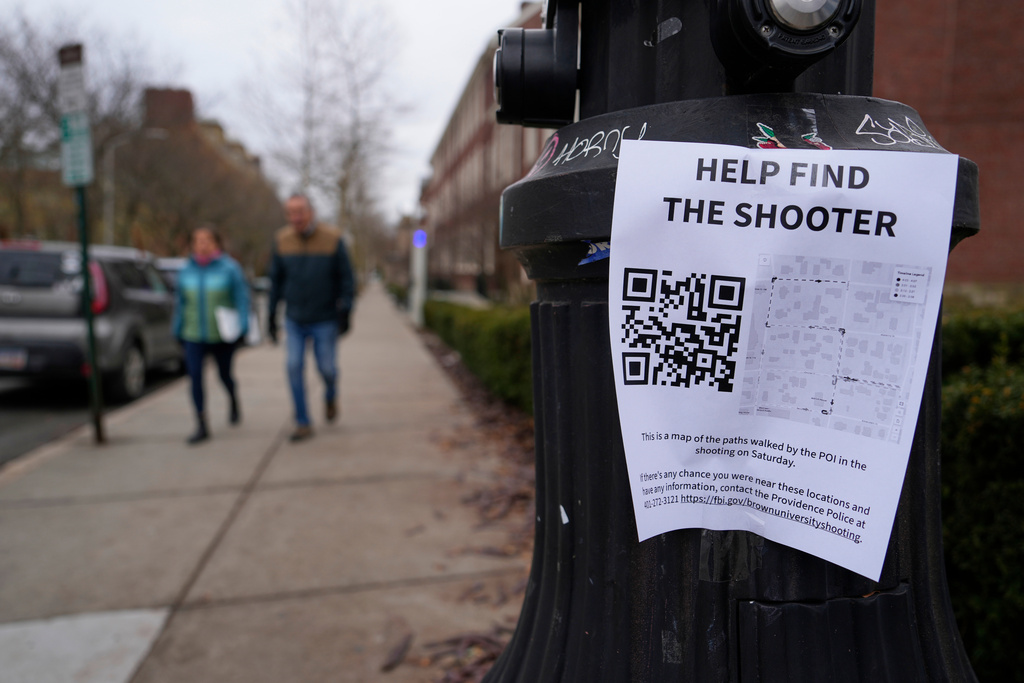There are two types of solar eclipses — when the moon completely passes through the sun's light. They are known as total and annular solar eclipses.
But during Thursday’s solar eclipse, Earth will experience what is known as a “hybrid” solar eclipse, which will feature both kinds.
During a hybrid solar eclipse, in the swath of Earth that gets the peak of the eclipse, some parts will see a total eclipse, while others will see an annular eclipse.
A total solar eclipse is when the sun is completely blocked by the moon here on Earth. An annular solar eclipse occurs when the moon is completely in front of the sun, but the moon is further from the Earth, allowing sunlight to travel around the moon.
“Because Earth's surface is curved, sometimes an eclipse can shift between annular and total as the Moon’s shadow moves across the globe. This is called a hybrid solar eclipse,” NASA said.
NASA said a total solar eclipse will be visible on Thursday in parts of Australia and southeast Asia. An annular eclipse can be seen over the Pacific and Indian Oceans.

Where 2 upcoming solar eclipses can be seen in the US
New NASA maps show who will have the best view of two major solar eclipse events in the next 13 months.
NASA will live stream the eclipse starting at 10:30 p.m. ET Wednesday.
Thursday’s eclipse is the first hybrid solar eclipse since 2013. Generally, solar eclipses occur twice a year.
The next two solar eclipses will be visible from the U.S. On Oct. 14, an annular solar eclipse will be seen from the Texas Gulf Coast to the Oregon Pacific Coast.
On April 8, 2024, people along a 100-mile-wide swath from the Texas-Mexico border all the way up to Maine can see the total solar eclipse.










